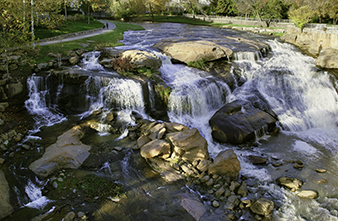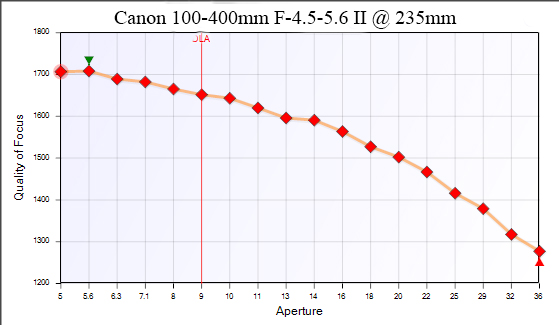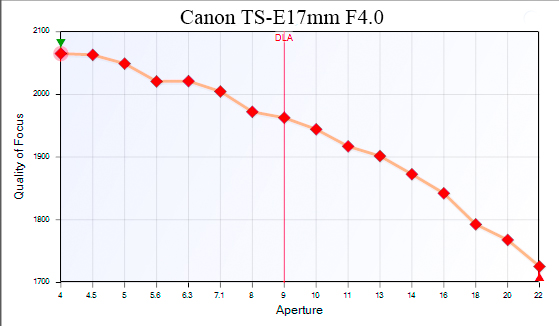The viewing area for Glassmine Falls is located at milepost 361.2 on the Blue Ridge Pkwy. in North Carolina. The falls themselves are located in the Asheville watershed area and thus cannot be approached. The distance to the falls is considerable, and the image to the left was taken using a 560 mm focal length lens set up. I visited this location on July 30,

Glassmine Falls
shortly after noon. As can be seen, there is not a drop of water running across the cliff face. When the falls are running they enter from the upper left corner of the picture and run down across the center. They are said to be 800 feet tall, but apparently there is some dispute about this. Others claim the falls are only 200 feet tall. In any event, only a small for portion can be viewed. The moral of the story is, if you plan to visit, be sure to check rainfall amounts in the region to insure that water will be flowing.




